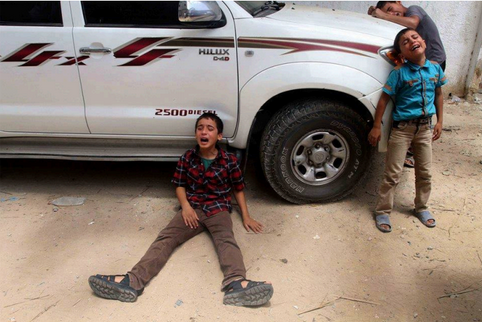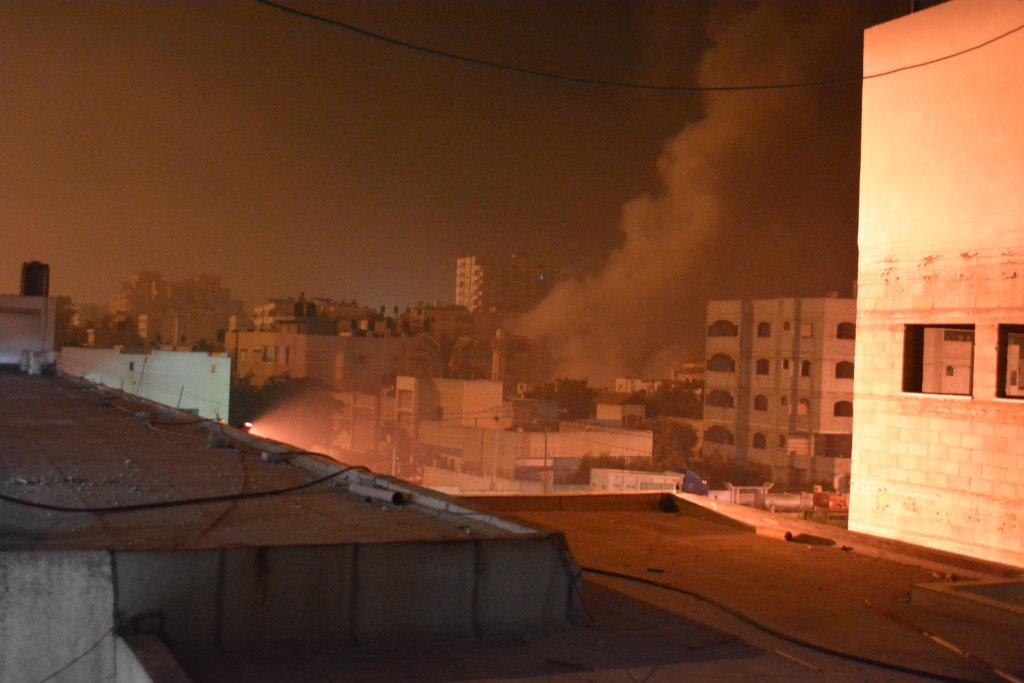Category: Journals
-

Returning to Beit Hanoun
8th August 2014 | Charlie Andreasson| Gaza, Occupied Palestine We went back to Beit Hanoun almost two weeks after the Israeli military held us captive in the hospital and shelled it for 13 hours. It was the second day of the 72 hours ceasefire, and there was far more traffic on the roads and streets than there…
-

Short stories from Gaza
5th August 2014 | Sarah Algherbawi | Gaza, Occupied Palestine These are short stories from Gaza, a brief picture of our suffering. Reality is much more painful. The description under each photo consists of facts published on news agencies and social media. For each photo I also wrote a story. Some of the photographed people we have seen on TV, others I…
-

Gaza: Black sky turns orange
30th July 2014 | Charlie Andreasson | Gaza, Occupied Palestine Since July 25th, international volunteers, including activists from the International Solidarity Movement (ISM) and other groups have begun a constant protective presence in various locations at the al-Shifa Hospital. Below is a journal extract from an ISM volunteer during his shift at the hospital on July 28th. There had…
